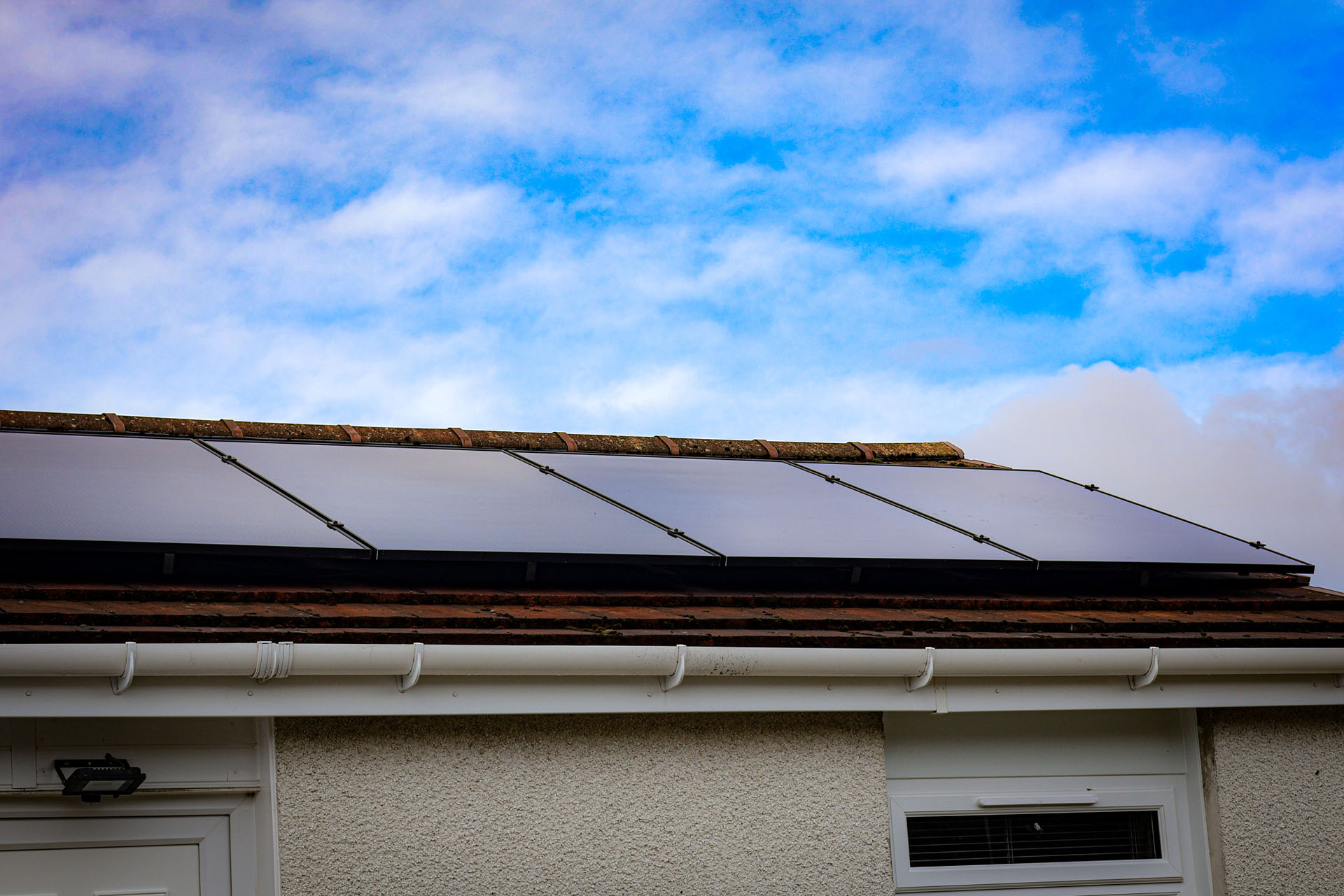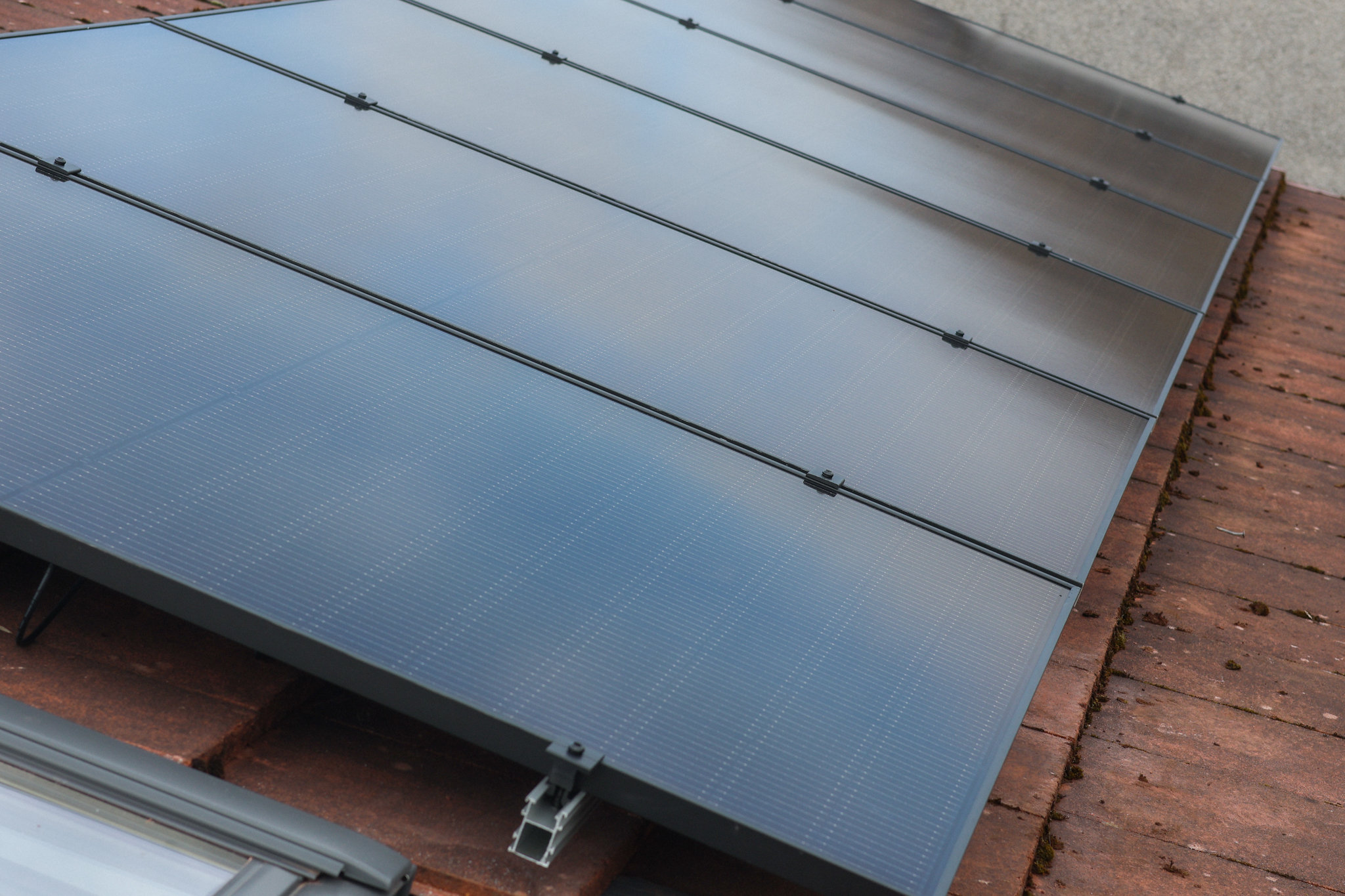As the demand for renewable energy sources grows, solar power stands out as a leading solution. Understanding how solar panels work can help us appreciate this technology and make informed decisions about its use. In this article, we will explore the basic science and technology of how solar panels convert sunlight into electricity, making the concept accessible to everyone.
The Basics of Solar Energy
Solar energy is the energy harnessed from the sun. It is a clean, renewable source of power that can significantly reduce our reliance on fossil fuels. The sun emits vast amounts of energy in the form of light and heat, which solar technologies capture and convert into usable electricity. This renewable energy technology is pivotal in addressing environmental concerns and promoting sustainable development.
Components of a Solar Energy System
A typical solar panel system comprises several key components, each playing a vital role in converting sunlight into electricity:
Solar Panels: These are the most visible components and are made up of many solar cells that capture sunlight.

Inverters: These devices convert the direct current (DC) electricity generated by the solar panels into alternating current (AC) electricity, which is used by most household appliances.
Mounting Systems: These structures support the solar panels, securing them to rooftops or the ground.
Each of these components is integral to the overall functionality of the solar panel system, ensuring efficient solar energy conversion.
How Solar Panels Convert Sunlight into Electricity
Here’s a step-by-step breakdown of the process:
Light Absorption: Solar panels absorb sunlight, with solar cells capturing the light energy.

Electron Movement: The absorbed light energy engages electrons in the solar cells, causing them to move and generate an electric current.
Electricity Generation: The generated electric current (DC) is sent to an inverter, which converts it to AC electricity suitable for use in homes and businesses.
Efficiency and Performance Factors
Several factors influence the efficiency and performance of solar panels:
Orientation and Tilt: The angle and direction of the panels relative to the sun impact their efficiency. Optimal orientation ensures maximum sunlight exposure.
Shading: Shadows from trees, buildings, or other obstructions can significantly reduce panel efficiency.

Temperature: Higher temperatures can decrease the efficiency of solar panels, although advancements in technology are mitigating this issue.
Technological advancements are continually improving the efficiency and performance of solar panels, making them more effective in various conditions.
Conclusion
Understanding how solar panels work helps us appreciate the technology that enables solar energy conversion. Looking at the basics of solar energy, this knowledge empowers us to make informed decisions about adopting solar technology and has given an idea of how solar panels work. As we move towards a sustainable future, embracing solar energy can significantly benefit both our environment and our economy.
Ready to explore solar energy solutions for your home or business? Contact us today to learn more about how solar panels can work for you.


